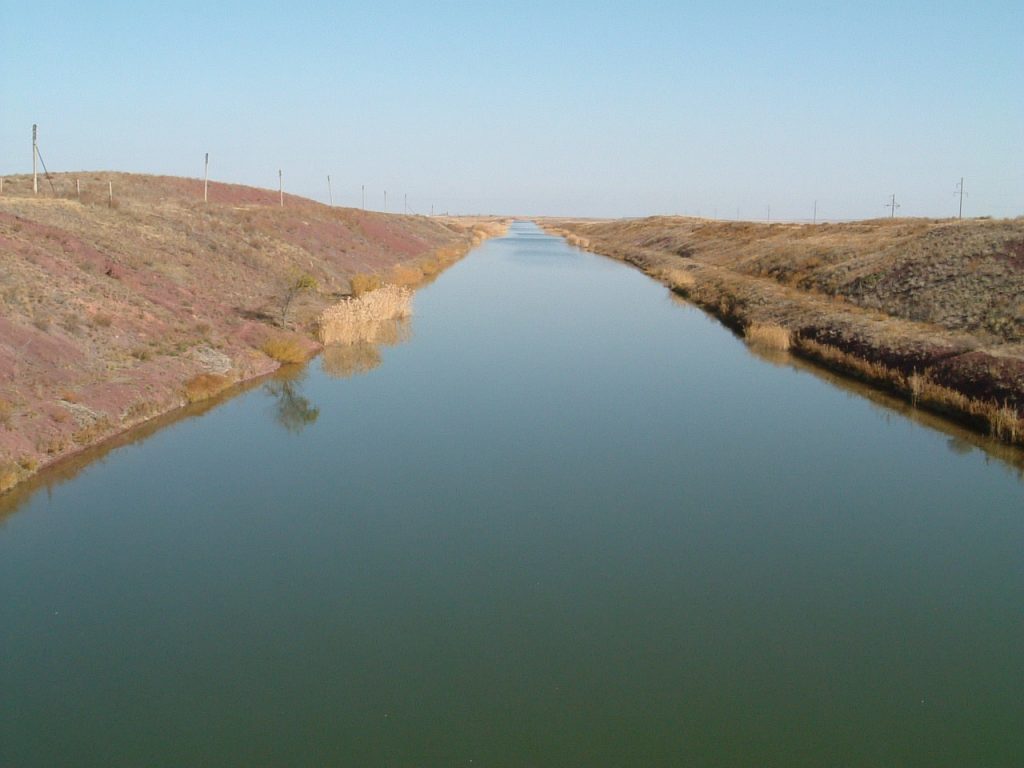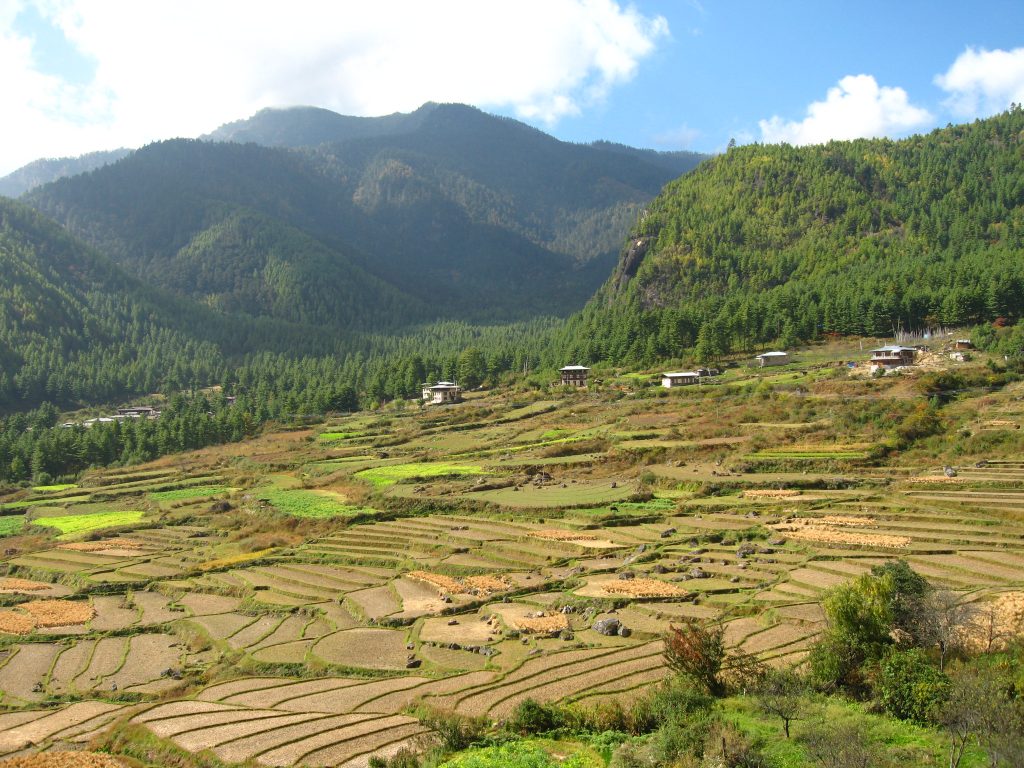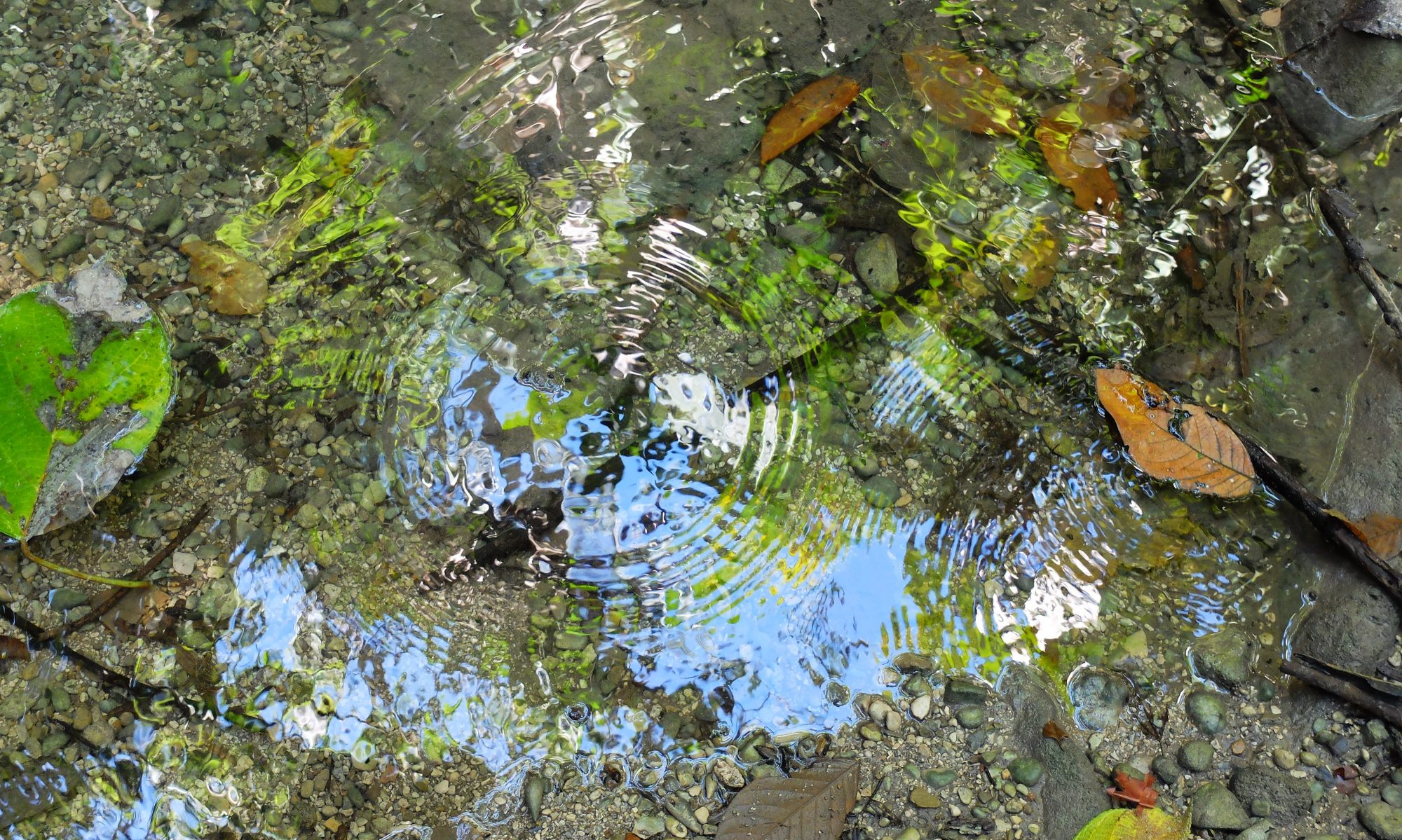Post by Andrew Allan
On Sunday 22nd March it is World Water Day, and this year’s theme is ‘water and climate change’. To honour the event, this week we are publishing five blog posts exploring different sides of the multifaceted relationship between water and climate change. Each post highlights research at the Centre that touches on these, some of the most urgent problems facing humanity today. Today’s post considers the links between climate change and water scarcity.
The availability of water at the right time and in sufficient quantity is clearly a key necessity for agriculture. The impacts of climate change potentially jeopardise both through increasing scarcity in drier areas, the effects of warming on glacial melting and changing patterns in wet seasons. This consequently affects our ability to produce enough food for a growing population.

The Sustainable Development Goals make specific reference to agriculture but scarcity is one of the conditions that will make their achievement more challenging. SDG 2 demands the doubling of agricultural productivity and sustainable food production systems by 2030, but this will only be possible if water is used more efficiently than it currently is. Irrigated agriculture is the largest sectoral user of water (around 70% globally), but for a variety of reasons, it is often not used as efficiently as it could be. Pricing and infrastructure quality are clearly relevant, but legal frameworks that discourage more efficient use of water are also important. As water stress increases in the areas affected and competition for water grows, finding enough water for food production will become even more challenging. Efforts to expand irrigation networks in Africa are ongoing in order to counteract the vulnerability of rainfed agriculture to scarcity.

In terms of timing, agriculture that relies on glaciers as its water source is increasingly having to deal with earlier melting (and thus sowing) and the potential for water resources to run out before the end of the agricultural cycle. In some areas, farmers may in fact enjoy the benefits of increased meltwater as glaciers melt more rapidly, but this will not last. Farmers in some areas are already seeking to mitigate their potential losses by choosing to cultivate crops such as sugar cane that are less susceptible to variation in water availability.
From a management perspective, irrigators have developed their own approaches to apportioning the burden of scarcity equitably – the warabandi system in Pakistan, for example, or in the context of participatory irrigation management. These tend to ignore groundwater use however, as it is generally so difficult to monitor and because legal entitlements may not restrict overuse. Best practice in water resource management demands that ground and surface waters are managed conjunctively but this demands a level of administrative capability and data that is seldom available. It also requires that irrigators consider their water needs in the context of the entire hydrological system rather than just their own command area. The political reality increasingly is that they are likely to be only one among a number of other water users in a system, all of whom must suffer the impacts of scarcity.
